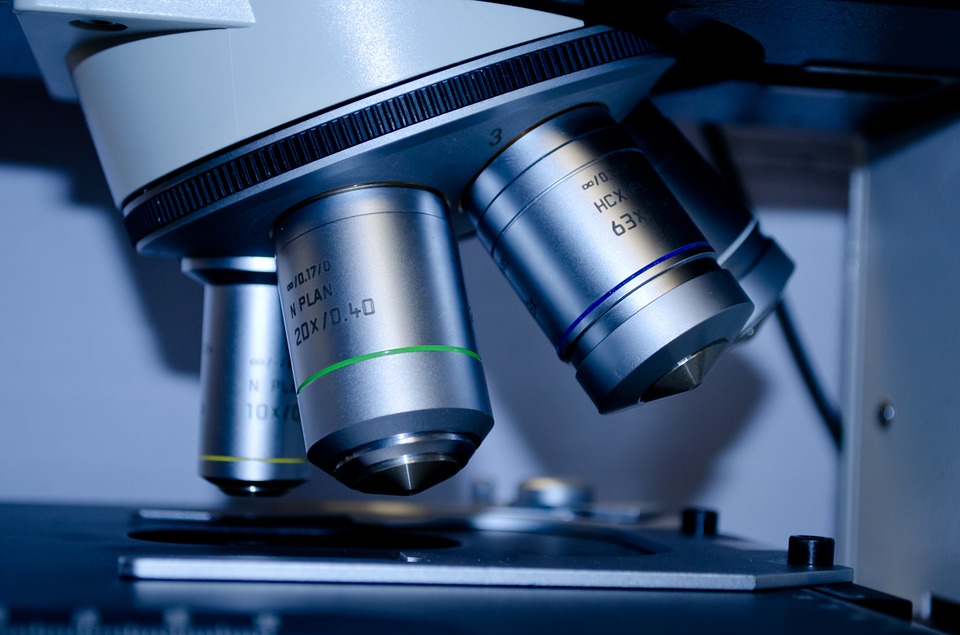
A diverse range of animal species are used in research but the vast majority are rats, mice and fish; guinea pigs, rabbits, cattle, sheep, horses, dogs, cats and other animals are also used. National statistics of the number and species of animals used in research in Australia are not collected. Animals are used in research for many purposes including to help better understand body processes, disease development and detection, the natural environment, as well as for product development and safety testing.
The RSPCA is opposed to the use of animals for research or teaching where it causes or is likely to cause injury, pain, suffering or distress to the animals involved and where this cannot be prevented or adequately controlled.
Most research is done by universities, government agencies, and chemical and pharmaceutical companies. The type of research varies with some projects causing negative effects on animals whilst others, such as observational studies, have a low impact. Some species are selected for their specific attributes, for example several species of monkeys (non-human primates) are used as ‘models’ for human diseases, and ferrets are used for COVID vaccine development. Rats, mice, rabbits and zebra fish are the most commonly used species for laboratory experiments. Whilst many research techniques, such as computer modelling and cell-based studies, do not involve the use of live animals, there are still some areas where alternatives have not yet been identified and live animals continue to be used.
Biomedical research
Animals are used by some researchers to better understand the working of the animal body including how it repairs after injury, how body organs function (e.g., liver, heart and lungs), and how the body fights disease. This is generally referred to as basic research as the information gained through these types of studies can be applied to help solve many different health problems in humans and animals. In addition, behavioural studies are done to monitor responses of animals to various treatments which may be intended to assist with addressing human or animal conditions.
Product development
Many animals are used in the development of new medical, veterinary and other products to work out whether or not the product does what it is supposed to do, and whether there are any side-effects. This may involve recreating a medical condition in the animal, such as diabetes or liver failure, to test whether the treatment can alleviate the symptoms. In the case of nutrition research, it may involve feeding different substances to animals with nutritional problems to see if they improve the animal’s condition.
Product safety testing
Animals are also used to test the safety of new products. These may be new drugs or other medical or veterinary treatments, or more general products such as washing powder, paint, or a new food additive. Safety testing is carried out because there are legal requirements that all substances that come into contact with humans or animals must be tested for their safety (may include ingestion of these products as well as skin or eye contact). This applies to any new substances or combinations of substances in medical and veterinary products, toiletries, and household products. In most cases this will involve some testing on animals, unless a non-animal alternative has been approved. At the present time there is a limited number of non-animal alternatives available. If a company wants to market a new product it cannot be released unless these tests are carried out. In July 2020, new legislation was introduced by the federal parliament prohibiting the use of animals for testing ingredients used solely for cosmetics in Australia, which is a very positive step.
Pet food testing
Companies that produce pet foods, especially those that are aimed at treating particular conditions through improved nutrition (such as old age, arthritis or obesity) may carry out research using animals in order to develop new products. In some cases, this may involve experiments that simulate disease conditions in the animals. In other cases, new diets may be tested using animals with a pre-existing (naturally occurring) condition. Research is also carried out on healthy animals to examine the effects of different nutrients and on food preferences.
Environmental studies
Wild animals may be monitored in their natural environment to detect impacts which may have a negative effect including predation by other animals, disease transmission, limited food reserves and pollution. These studies may also involve assessing the impact of activities such as mining, land clearing and urban development on native birds and animals.
Diagnostic tests
Animals may be used to develop diagnostic tests (e.g., to identify some cancers, heart disease, etc). Samples collected from animals may also be used to detect disease infections in the blood, saliva or other samples and assessing the function of specific body organs by testing the blood (e.g., liver and kidney function).
Reducing animal testing
There is no simple solution to avoiding animal testing. However, there are things that you can do to help reduce the amount of testing carried out, such as avoiding buying ‘new improved’ formulations and checking labels to see if a company makes claims such as ‘not tested on animals’ and asking what these claims mean.
RSPCA Australia encourages all companies involved in the use of animals in research to actively pursue and implement alternatives to the use of animals, and to work towards elimination of the use of animals in routine safety testing.
The wider community can assist by choosing products which have not been tested on animals. For example, with cosmetics, the RSPCA encourages consumers to look for the ‘bunny’ logo of the established certification body Cruelty Free International as products with this logo will have been independently assessed.
